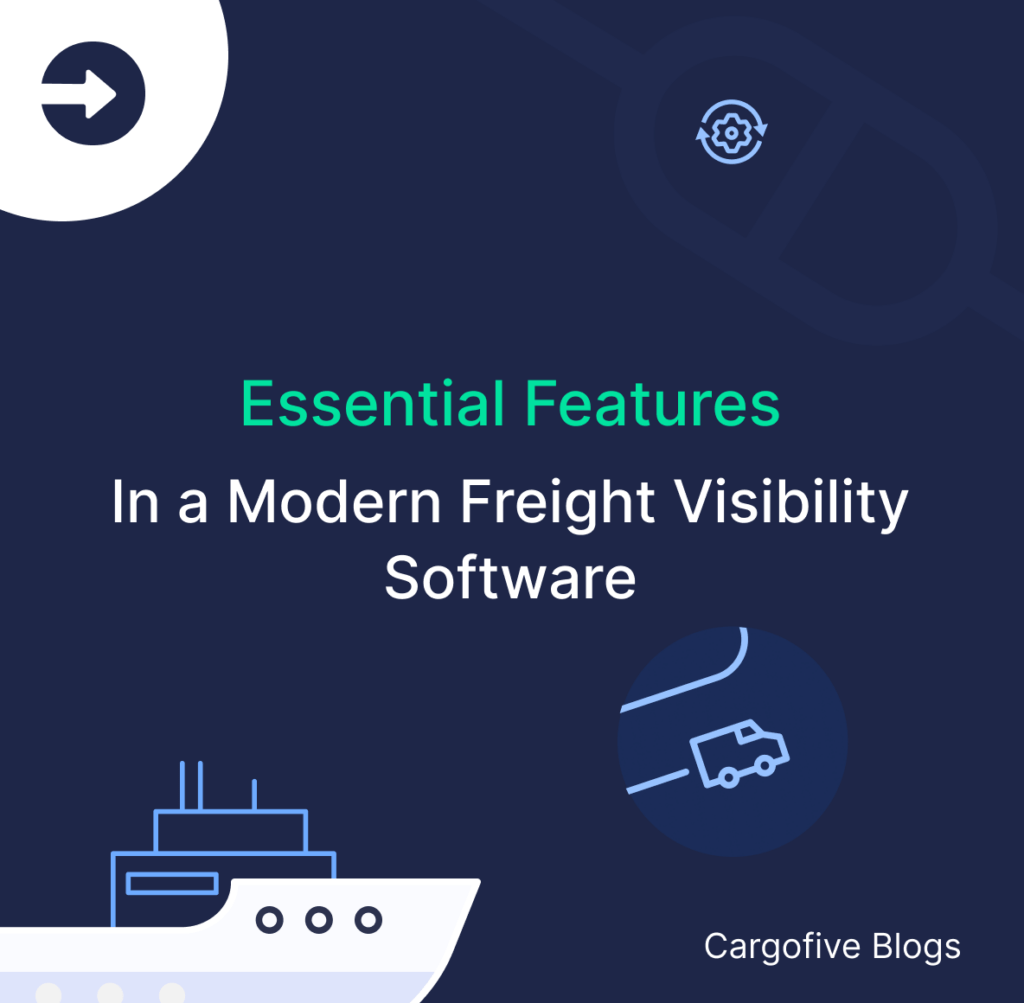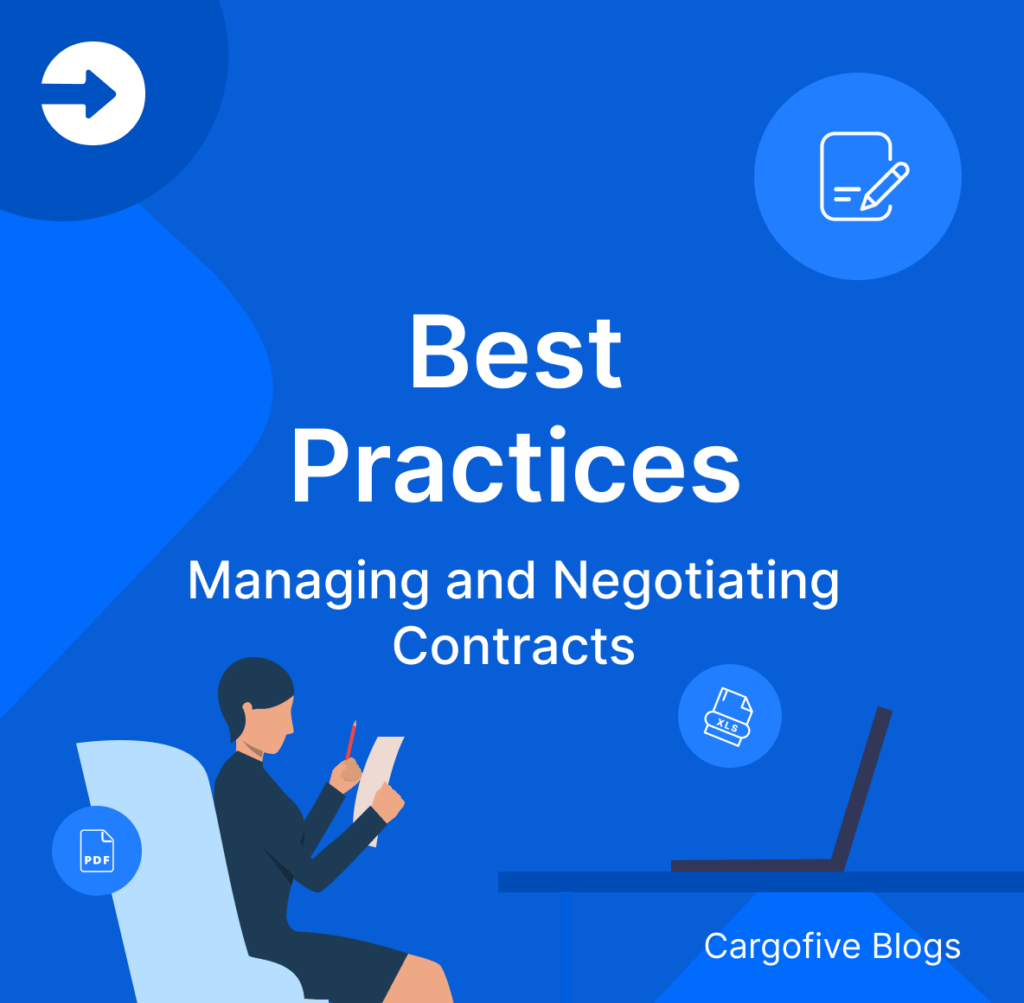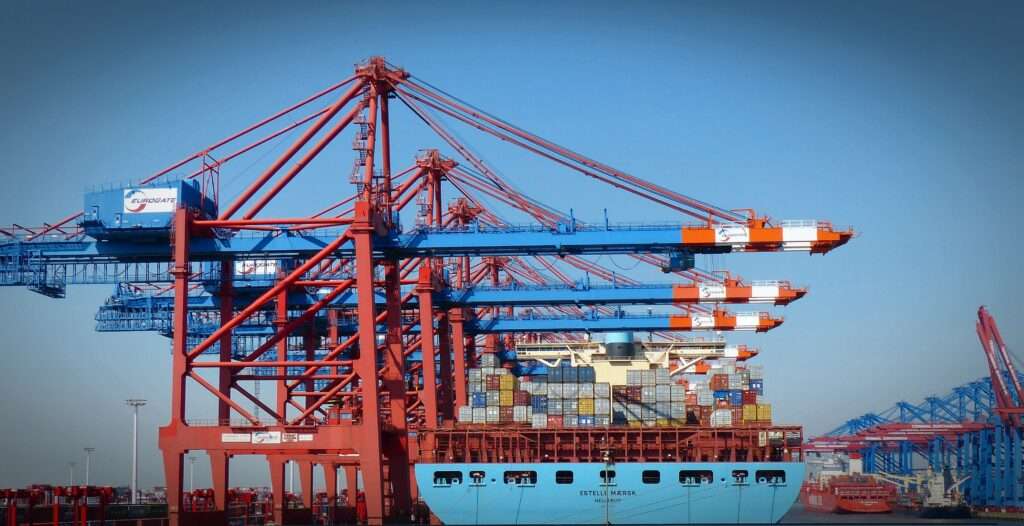
Manual processes for ocean freight quotes can lead to delays, errors, and high costs. Here’s how to simplify and speed up the process in 5 actionable steps:
- Use Digital Freight Tools: Platforms like Cargofive offer instant quotes, templates, and global rate access.
- Standardize Requests: Use templates to include key details like cargo specs, routes, and special requirements.
- Improve Communication: Clarify charges, negotiate better terms, and use data to strengthen carrier relationships.
- Cut Freight Costs: Optimize routes, consolidate cargo, and use analytics to track savings.
- Review Strategies Regularly: Monitor performance metrics like quote accuracy and booking ratios to stay efficient.
Quick Comparison
| Process Area | Manual Workflow | Digital Workflow |
|---|---|---|
| Processing Time | Days | Minutes |
| Error Rate | High | Low |
| Cost Visibility | Limited | Real-Time |
| Carrier Communication | Disconnected | Centralized |
Use these steps and tools to save time, reduce errors, and improve cost transparency.
Ready to learn more? Dive into the full guide below.
Embracing the Digitalization of Ocean Freight Booking
Step 1: Use Digital Freight Management Tools
Digital tools make ocean freight quoting faster and easier by cutting out manual tasks and offering instant access to rates.
Use Real-Time Quoting Platforms
Modern rate management software platforms simplify the process with features like instant quotes, ready-to-use templates, digital booking, and access to over 50,000 trade lanes. What used to take days can now be done in minutes.
| Feature | What It Does |
|---|---|
| 24/7 Quote Access | Instantly get quotes for all major trade lanes anytime. |
| Customizable Templates | Speed up processing by standardizing quote requests. |
| Digital Booking | Turn quotes into bookings with a single click. |
| Global Coverage | Access rates for more than 50,000 trade lanes worldwide. |
Cargofive, connects with over 25 shipping lines. It automates rate management and ensures accuracy with intelligent contract processing.

Use Freight Visibility Software
The ideal Freight visibility tool brings everything together: Centralizes rate management, provides live tracking, and automate reporting, helping you make smarter decisions.
Connect to ERP/TMS Systems
Linking your freight tools with ERP or TMS systems minimizes manual errors, keeps shipping data aligned, and improves cost tracking. Look for platforms with API connectivity and compatibility with major ERP systems to ensure smooth data integration.
Step 2: Standardize Quote Requests
Standardizing how you request quotes can cut down on confusion and make the ocean freight quoting process much faster. By sticking to consistent formats and processes, you’ll minimize errors and get quicker replies from carriers.
Use Standardized Quote Templates
Using templates for quote requests keeps everything uniform. Tools like Cargofive offer built-in templates that sync with major shipping lines, making it easier to handle quotes.
Here’s what a good template should include:
| Template Fields | Purpose |
|---|---|
| Cargo and Container Details | Type, dimensions, weight, FCL/LCL needs |
| Route Information | Origin, destination, preferred timeline |
| Special Requirements | Temperature control, hazmat handling |
| Terms and Services | Incoterms, insurance, customs clearance |
Provide Complete Shipment details
Giving all the shipment details upfront ensures accurate quotes and avoids the need for costly revisions.
Experts emphasizes the importance of including specifics like cargo dimensions, weight, pickup and delivery locations, shipping timeline, special handling requirements, Incoterms, and necessary documentation.
Missing information is a common cause of delays.
If you’re using digital platforms, take advantage of features like smart validation.
For example, Cargofive automatically checks requests to ensure all key details are included before they’re sent.
Pro tip: Saving and reusing templates, can save you a lot of time.
Once your templates are set up, make sure they’re filled out accurately to prevent delays. With standardized quote requests ready, the next step is to focus on improving communication with carriers for a smoother process.
Step 3: Improve Carrier Communication
With standardized requests established, it’s time to focus on maintaining clear and effective communication with carriers. This helps prevent delays and misunderstandings.
Clarify Charges and Terms
To avoid hidden fees and ensure full transparency, ask carriers for detailed pricing breakdowns. Here’s what to look for:
| Charge Type | Key Details to Confirm |
|---|---|
| Base Rates | Container rates, shipping volumes |
| Surcharges | Fuel adjustments, peak season fees |
| Additional Fees | Terminal handling, documentation costs |
| Special Handling | Hazmat fees, temperature control expenses |
Quick tip: Use digital freight tools to get real-time insights into rate details and spot discrepancies.
Once you fully understand the charges, you’ll be better equipped to negotiate terms that work in your favor.

Negotiate Agreements
Building strong relationships with carriers can lead to better pricing and more flexible terms. Here’s how to make the most of your negotiations:
- Use data and analytics to showcase your value and compare rates.
- Provide documented shipping patterns and volume forecasts.
- Consider consolidating services to secure better deals.
Digital platforms can help you track rate trends and identify the best times to negotiate. Carriers often offer discounts for higher shipping volumes, and larger commitments can unlock even better pricing.
Key point: When negotiating, include clear service level agreements (SLAs) that specify response times for quotes and booking confirmations.
Clear communication with carriers is a cornerstone of reducing freight costs and boosting overall efficiency.
Step 4: Reduce Freight Costs
Clear communication with carriers is key to cutting freight expenses. It sets the stage for strategies like better route planning and data-driven decision-making.
Optimize Shipping Routes
Planning smarter shipping routes helps balance expenses, delivery times, and reliability.
| Strategy | How to Implement | Key Advantage |
|---|---|---|
| Cargo Consolidation | Combine smaller shipments into full container loads | Reduces shipping costs per unit |
| Intermodal Transport | Use a mix of ocean freight with rail or road options | Cuts overall transit expenses |
| Port Selection | Pick ports with strong inland connections, even if ocean freight is pricier | Lowers handling and transfer fees |
| Schedule Flexibility | Ship during off-peak times | Unlocks better rates |
Use Real-Time Analytics
Freight platforms equipped with analytics tools can identify ways to save money, offering features such as:
- Comparing rates across carriers in real time
- Evaluating cost efficiency by route and carrier
- Highlighting savings tied to shipping volume
- Optimizing surcharges and additional fees
Analyzing shipping data can reveal patterns that improve your negotiating power. Focus on these metrics to track performance and uncover inefficiencies:
| Metric | What to Measure | Why It’s Important |
|---|---|---|
| Cost per Unit | Total shipping cost divided by cargo units | Tracks overall cost-effectiveness |
| Transit Time | Time from pickup to delivery | Identifies delays and areas to improve |
| Carrier Performance | On-time deliveries and damage claims | Helps you choose reliable carriers |
| Volume Patterns | Seasonal trends and peak shipping periods | Supports smarter booking decisions |
Once you’ve streamlined your costs, the next step is to fine-tune your overall freight strategies for long-term success.
Step 5: Review Freight Strategies
Regularly assessing your freight strategies is key to keeping operations efficient and adapting to changes in the ocean freight market.
Perform Regular Performance Reviews
Keep an eye on specific metrics to uncover areas for improvement:
| Metric | Purpose |
|---|---|
| Quote-to-Booking Ratio | Tracks how effectively quotes convert into bookings |
| Response Time Trends | Measures how quickly quotes are generated over time |
| Quote Accuracy Rate | Evaluates pricing consistency and frequency of disputes |
| Market Rate Variance | Compares your quotes with industry standards |
Data Analytics make it easy to access these metrics instantly, helping you spot inefficiencies quickly. Once you identify gaps, consider using long-term contracts to secure dependable partnerships and address recurring issues.
Establish Long-Term Contracts
Forming long-term relationships with carriers can provide stability, better service, and even cost savings.
“Carriers value long-term partnerships and may be willing to offer discounts or additional services to retain your business”
When drafting long-term contracts, include these critical components:
| Contract Component | Benefits |
|---|---|
| Performance Standards & SLAs | Maintains consistent service quality |
| Volume & Pricing Terms | Locks in predictable rates and capacity |
| Service Specifications | Clearly defines the scope of services and expectations |
| Review Mechanisms | Allows for regular evaluations and updates |
Freight management tools can help ensure contracts are followed and allow for renegotiation when needed. Monitoring these agreements regularly keeps rates competitive and strengthens your carrier relationships.
Achieving Efficiency in Ocean Freight Quotes
Improving freight quotes requires the use of digital tools, standardized workflows, and clear communication.
Carriers such as Maersk, Hapag-Lloyd, and CMA CGM have shown how adopting digital quoting systems can cut down processing time while boosting accuracy.
Platforms like Cargofive highlight how automation and centralized rate visibility can simplify freight quoting.
When paired with strategic evaluations and cost management, these tools help businesses stay competitive.
AUTHOR



